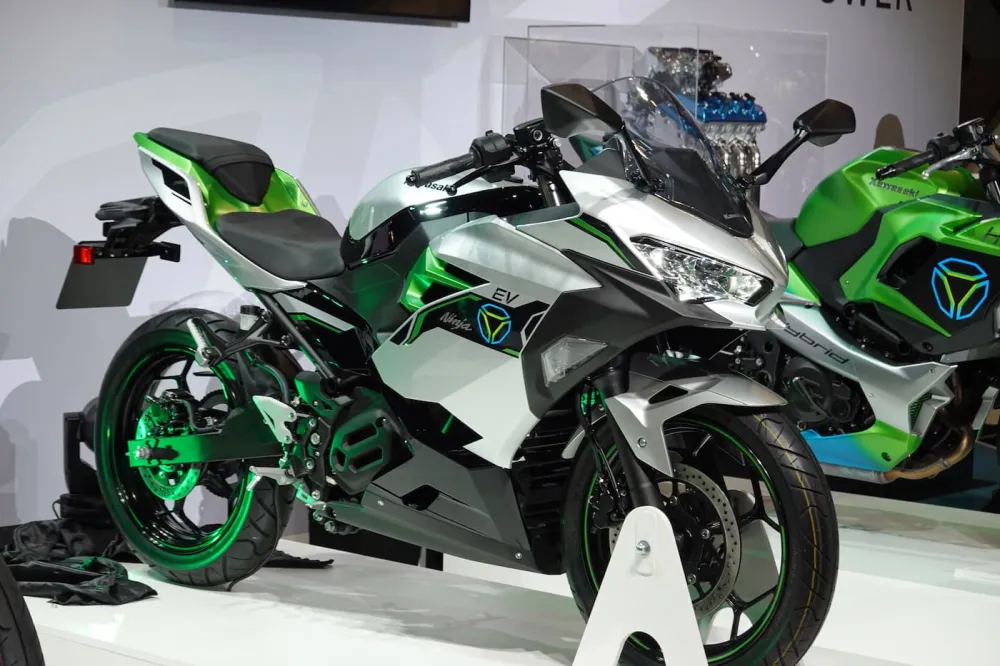Kawasaki is making good on its promise to introduce electric motorcycles, and there’s exciting news about their upcoming Ninja and Z BEVs. Last year, Kawasaki unveiled three concept motorcycles, including two electric ones and a hydrogen-powered one. Recently, at the 2022 EICMA Milan Motorcycle Show, the Kawasaki Ninja EV and Z EV were showcased as traditional battery electric vehicles (BEVs). Kawasaki had previously stated that their first electric streetbikes would debut in 2023, and recent reports from Motorcycle.com indicate that they are staying true to their word.

Kawasaki has submitted new homologation data in Australia for the Ninja e-1 and Z e-1 models. These electric versions are expected to enter the entry-level sportbike EV market, offering a fresh option for those interested in city riding or commuting. While these bikes might not be meant for high-speed adventures, they are likely to provide sufficient power for urban journeys. Let’s dive into what we know about these electric Kawasaki models and how they could potentially make an impact.
Both the groundbreaking Kawasaki motorcycles, the Ninja and the Z, will soon be available as BEV models: the Ninja e-1 (model NX011A) and the Z e-1 (model NR011A). We can gather that these models appear to share the same bodywork as their gas-powered 400 counterparts, albeit with brakes and wheels borrowed from the earlier Ninja 300 and Z300 models.
These changes in the wheels and brakes may be due to the fact that the e-1 motorcycles are lower-powered and comply with the European A1 license regulations, similar to 125cc gas-powered bikes. Both models share a wheelbase of 53.9 inches, matching the respective 400 models, but differ in weight, with the Z e-1 listed at 298 pounds and the Ninja e-1 at 309 pounds. It remains uncertain whether these weights include the battery.
In 2022, Kawasaki revealed that the motorcycles would come equipped with two removable battery packs, each weighing 26.5 pounds, and offering a combined capacity of 3.0 kWh. Considering their commuter-oriented focus and compliance with the 125cc performance standards, Kawasaki seems to have prioritized practicality over thrills. The Z e-1 and Ninja e-1 are likely just the beginning of Kawasaki’s venture into alternative fuel products. 2024 the company plans to introduce a hybrid Ninja model and even a hydrogen-powered motorcycle. The naming convention with “e-1” implies the potential for more powerful “e-2” models in the future.
A notable detail shared by Kawasaki in 2022 was their decision to use swappable electric batteries in the production versions (e-1) of these motorcycles. This approach offers advantages over fixed batteries, such as shorter charging times and reduced vehicle weight. While fixed batteries provide longer ranges, they also contribute to the overall weight of the BEV. Kawasaki’s innovative battery approach could potentially make the Ninja and Z e-1 models more practical and convenient for riders.
In the U.S. electric motorcycle market context, there are already established contenders, even in the entry-level segment. For instance, the Super73 RX offers a moped-style riding experience with a top speed of 28 mph and a claimed range of 40-75 miles, at prices ranging from $1,645 to $3,845.
Leave a Reply